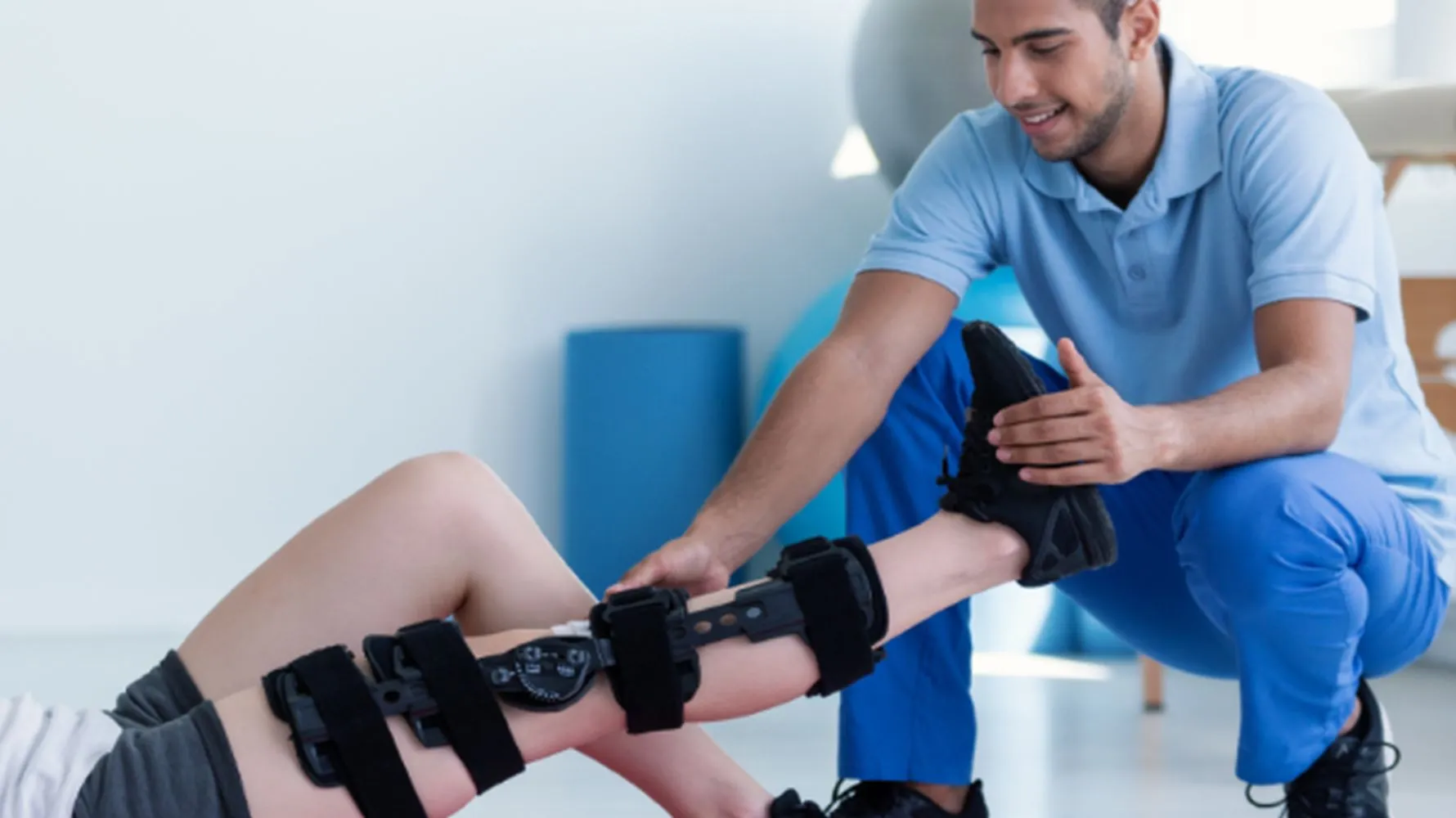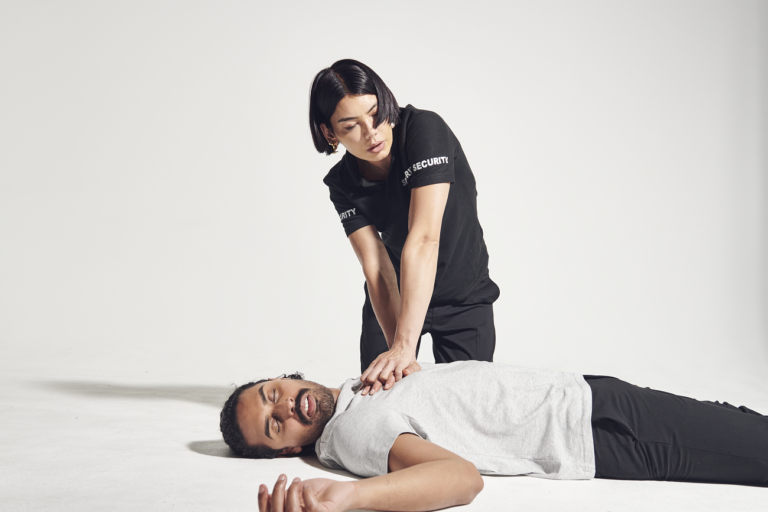Importance of Rehabilitation After Orthopedic Surgery
Undergoing orthopedic surgery can be a transformative experience, promising a return to a life free from pain and limitations. Sometimes, the surgery requires Orthopaedic Implants, sometimes it does not. However, the journey doesn’t end in the operating room; it merely marks the beginning of a crucial phase – rehabilitation. This often-overlooked aspect of recovery plays a pivotal role in ensuring not just physical healing but also the restoration of one’s overall quality of life.
The Importance of Rehabilitation
Restoring Functionality
Orthopedic surgeries, whether for joint replacements, ligament repairs, or fracture fixations, often involve a period of immobilization. This immobilization, while necessary for the initial healing process, can lead to muscle atrophy, joint stiffness, and decreased range of motion. Rehabilitation steps in to address these issues systematically, aiming to restore functionality through targeted exercises, stretching, and strength training.
Pain Management
Post-surgery discomfort is a common concern, and effective pain management is crucial for a successful recovery. Rehabilitation programs incorporate pain relief strategies such as gentle exercises, manual therapy, and modalities like ice or heat therapy. These methods not only alleviate pain but also contribute to the overall sense of well-being during the recovery process.
Preventing Complications
Inactivity following surgery can increase the risk of complications such as blood clots, respiratory issues, and pressure sores. Rehabilitation protocols include mobility exercises and breathing techniques to counteract these risks. Physical therapists guide patients through movements that enhance blood circulation, lung capacity, and overall cardiovascular health.
Psychological Well-being
Orthopedic surgeries can take a toll on mental health as patients navigate the challenges of pain, dependency on others, and the fear of re-injury. Rehabilitation provides a structured and progressive approach to recovery, boosting confidence and reducing anxiety. The gradual improvement in physical abilities contributes significantly to a positive mindset, aiding in the overall psychological well-being of the patient.
Personalized Care
Rehabilitation is not a one-size-fits-all solution. A well-designed program considers the individual’s unique needs, the type of surgery performed, and any pre-existing conditions. Personalized care ensures that patients receive the specific attention required to optimize their recovery, promoting a faster and more effective return to normal activities.
Long-term Success
Orthopedic surgery is an investment in the future, and rehabilitation is the key to safeguarding that investment. Patients who actively participate in their rehabilitation programs are more likely to experience long-term success in terms of restored function and improved quality of life. Regular follow-ups with healthcare professionals during rehabilitation help identify and address any emerging issues promptly.
Conclusion
Orthopedic surgery may mark a significant milestone in the journey toward a pain-free and active life, but the real magic happens during the rehabilitation phase. It’s the bridge between the operating room and resuming normal activities, ensuring that the newfound freedom from pain is accompanied by restored functionality, effective pain management, and enhanced psychological well-being. Embracing the road to recovery through a well-structured and personalized rehabilitation program is not just a choice but a crucial step toward reclaiming one’s life. Even strategies for improved and better rehabilitation techniques are being discussed in orthopaedic conferences like the MAOA Medical conference. So, let’s celebrate the power of rehabilitation and its transformative impact on the holistic healing journey after orthopedic surgery.
Stay in touch to get more updates & news on Discover Tribune!






